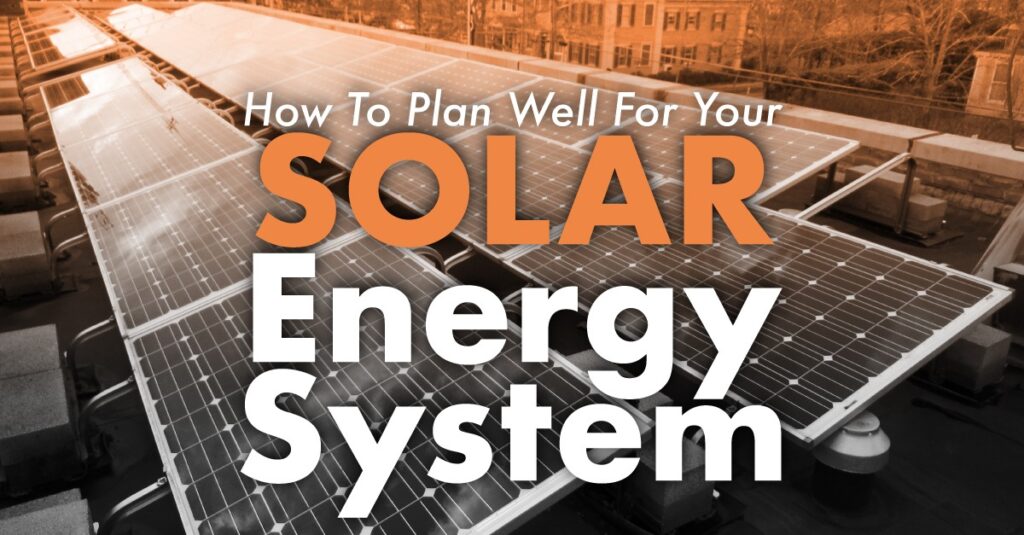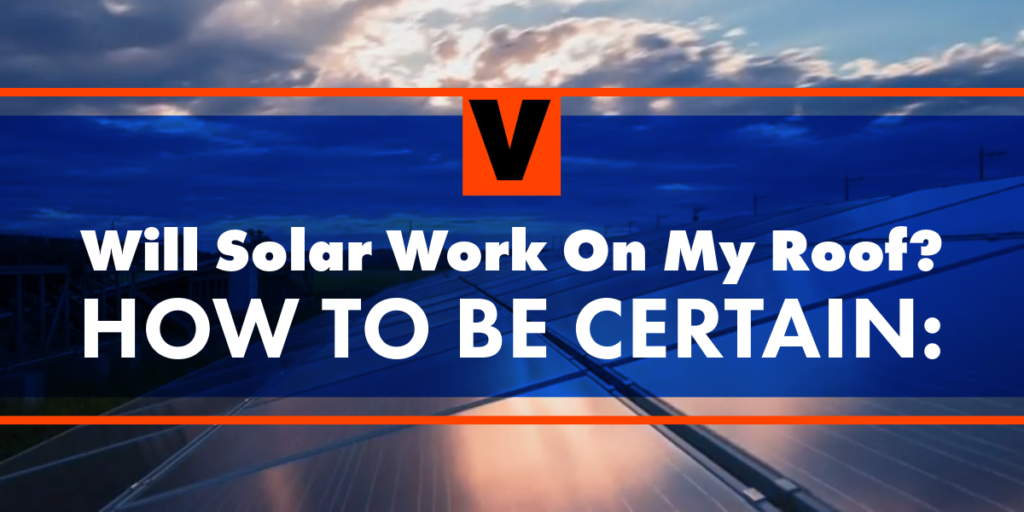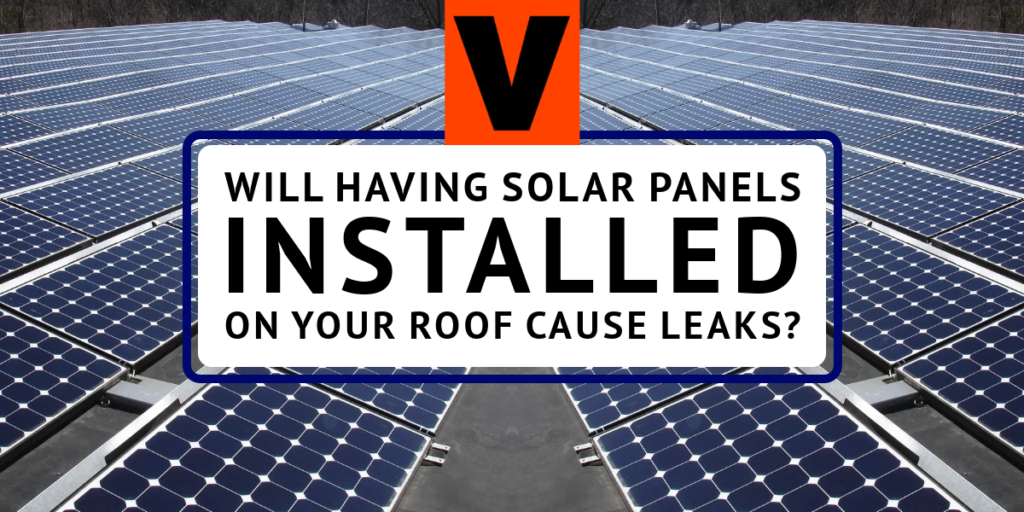As a state-run facility manager, you may have considered converting to solar power to cut down on your energy costs, improve your bottom line, and reduce your facility’s carbon footprint for the long term. Solar systems can also send a powerful message about your organization’s values and priorities to clients, employees, and the local community.
But before you install a Solar Energy System (SES), you need to make sure your roof is solar-ready. Preparing your roof for solar panels means:
- assessing your roof’s age and condition
- removing potential obstacles
- repairing, replacing, or adjusting the structure of your roof to ensure it can manage the load
The Process of Commercial SES Installation
A commercial SES installation project requires planning in advance to ensure the construction process is as smooth as can be. The first step is to do your due diligence, which can include:
- Schedule a physical evaluation of the site, including structural evaluations, shade analysis, and topographical surveys.
- Review title reports and other documents to ensure your facility and roof meet building codes for solar systems.
- Determine how and where the SES will connect to the power grid.
The next step in the process involves formalizing conceptual ideas and initial plans. Design drawings show where the solar panels for your facility will be placed and how the construction will be executed.
Depending on the project type and size of the system, the process of construction can take between 5 and 12 weeks. You’ll want to prepare for temporary power shutdowns and alternate parking spots to minimize disruptions. The final step after construction is commissioning. This is when your solar installer confirms the installation was built according to plan. From there, you can start generating solar energy to power your facility.
The Condition and Lifespan of Your Roof
The first thing you should do when considering SES installation for your facility is to schedule an inspection with a roofing contractor. They’ll inspect your roof to ensure your roof can handle the weight of the solar panels. They’ll look for:
- Weak spots
- Leaks
- Damaged rafters or trusses
- or any other hidden flaws
If your roof has any damage, it should be repaired before you continue with the installation to avoid a lot of stress later.
You may also want to look into a complete roof replacement before going solar. Solar energy systems are highly durable, with an expected lifespan of 25 to 30 years. If your roof is 5 to 10 years from needing replacement, it’s a smart move to replace it before your panels are installed.
Your roofer will ensure the roofing system can bear the weight of the panels and ensure crucial vents, antennae, and fitting are out of the way of your solar system.
Replacing Your Roof After the SES is Installed
Having a solar-ready roof can help you save money in the long run. There’s no way around it: you’ll have to remove your solar energy system to repair or replace your roof. This means you’ll lose access to solar energy throughout the roof replacement duration. What’s more, your roofers aren’t the ones who’ll take the panels off your roof and put them back on. You’ll need to call the original installers. This means you’ll have to pay for the costs associated with the removal and reinstallation of the SES. If roof replacement post-installation is a concern, it never hurts to ask for your roofer’s advice.
If you’re pairing your solar installation with a roof replacement, it’s unlikely you’ll need to replace your roof during the lifetime of your SES.
The Weight of the SES
Installing a solar energy system is a weighty affair, with each panel weighing at least 40 pounds. A mounting system will also be installed to support the base of the solar panels. To provide the power needed to keep your facility heated, cooled, and lit, you’ll need a dozen or more panels to be put in place. Your solar installer will go over your power needs to determine how many you need.
The SES will add considerable weight to your roof, so you cannot risk the damage done to your property if the system is too heavy for the roof structure. A roofing contractor must be engaged to inspect your roof. Any issues regarding the load can be identified and a plan developed to strengthen your roof.
Apply for DSIRE Program Assistance
The Database of State Incentives for Renewables and Efficiency (DSIRE) is the premier U.S. database for incentive opportunities covering energy efficiency, renewable energy, and green building at local, state, federal, and utility levels. State-run facility managers can use the website to see which financial incentive programs for installing solar energy are available in their state.
Some of the solar incentives available to commercial properties include federal investment tax credits for solar energy systems, state tax credits, cash rebates, solar renewable energy certificates (SCRECs), and performance-based incentives (PBIs).
To help offset the cost of going solar, research initiatives on the DSIRE website and apply for the ones you qualify for. You’ll need to have every aspect of the project included in your proposal before submitting your application, so include your roof when planning for your SES.
Your Tri-State Commercial Roofer is Here to Help
A little preparation can make a big difference for your SES. Vanguard Roofing can help get your commercial roof solar ready so you can get the most out of your renewable energy system. We’ll use infrared scans of the roof to assess your roof’s ability to support the added weight of the SES, as well as wind and snow load. We’ll adapt your roofing system as needed to ensure your roof will last as long as the panels. Contact us today to schedule a free consultation and request a free quote.



